Spending 15 months locked inside as plane tickets plummet is a really dangerous gambling game. I’d say something like ‘go big or go home’, but that’s not a funny joke anymore. After cutting some losses (RIP Japan ‘21) I finally had a viable trip on the line in the form of Peru. As a psychological side effect from Covid, however, I refused to believe it was going to happen until I had made it through customs on the other side. Despite the circumstances, Peru lived up to all I could have wanted on this reintroduction to international travel, and my first country in South America! I took a ’see everything possible’ approach, enticed by the numerous varied terrains and climates of Peru. Journey with me through each of my stops on my 10 day, looooong awaited adventure…
Puerto Maldonado and Tambopata National Reserve
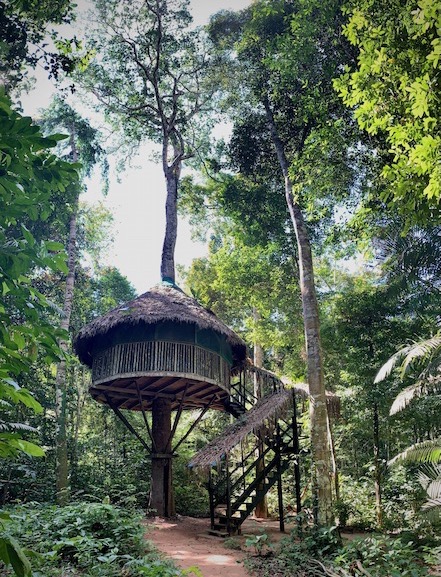
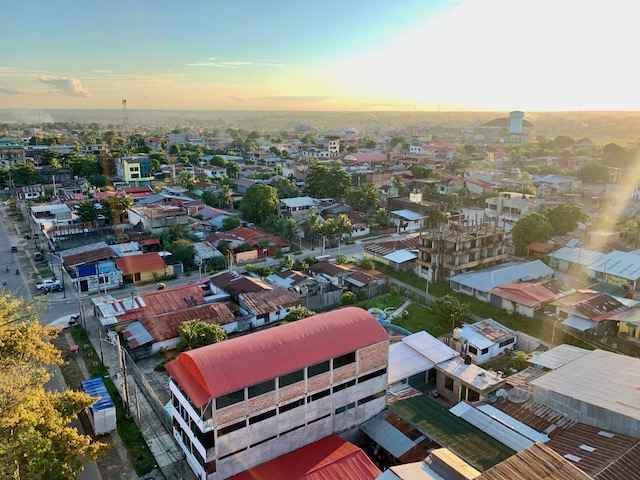
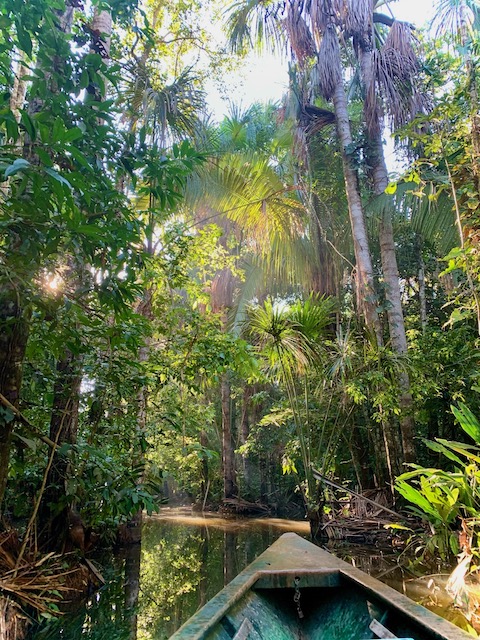
There are three main areas to choose from in considering a jungle stay. Given my itinerary and time constraints, it made the most sense to detour as little as possible, which brought me to Tambopata. Puerto Maldonado is the capital city in the Madre de Dios region where Tambopata Reserve lies. It’s a small enough city that it doesn’t drive out the surrounding wildlife, but still large enough that it has an airport and bus service. Get to Puerto Maldonado by flying from Cusco or Lima, or take an 8 hour bus from Cusco to Puerto Maldonado.
This is the place to be for reasonably priced accommodation, guide service, and food without sacrificing quality. Despite only staying for 2 days/1 night I was still able to see and experience so much thanks to the amazing guide work of Jhonatan. Highlights include feeding monkeys on monkey island, seeing a tarantula (and monkeys and snakes and ants that want to kill you) on a night hike, river cruising, and otherworldly birds and butterflies. Jhonatan’s knowledge and experience is vast, making him the ideal person to find hard to spot animals. The way he mimicked their noises to track them was incredible!
Moreover, the property is gorgeous and well-cared for, though not the place to stay if you require granite counter tops and fine china. Losing some of my covid-calories was out of the question here; every meal was American-sized and way too good to not eat every bite. The lodge’s chef put just as much thought and care into my vegetarian meals as the others. Some things to note: (1) only certain rooms have hot water for showers - pay attention to this when booking, (2) electricity is only available at certain hours during the day, and (3) cell service is rather spotty.
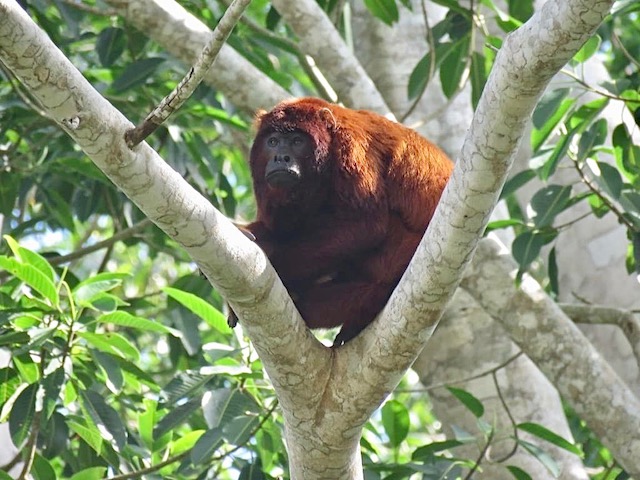

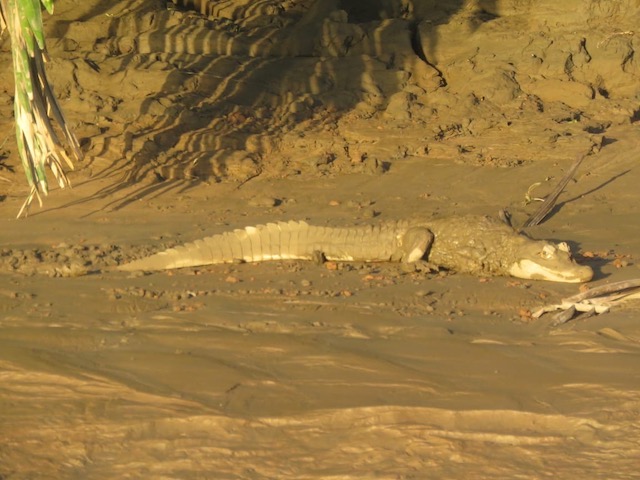
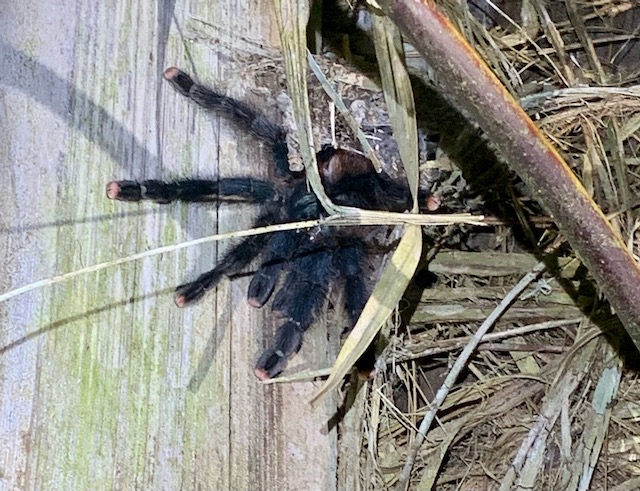
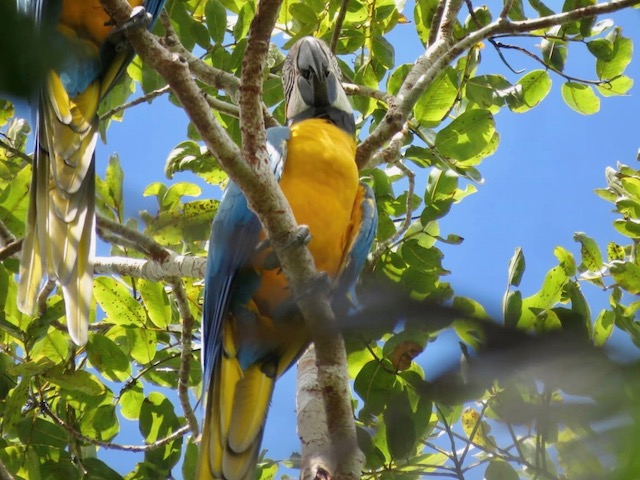
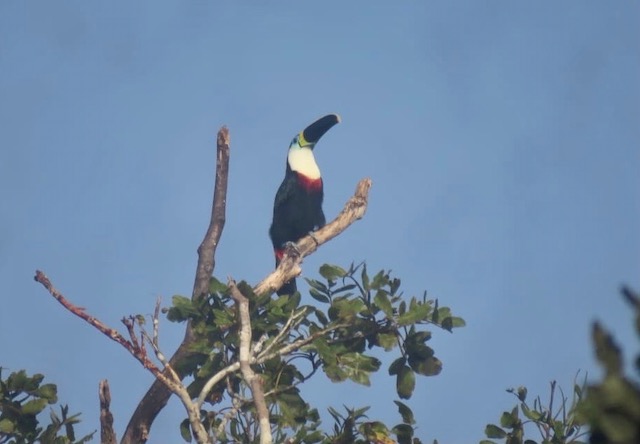
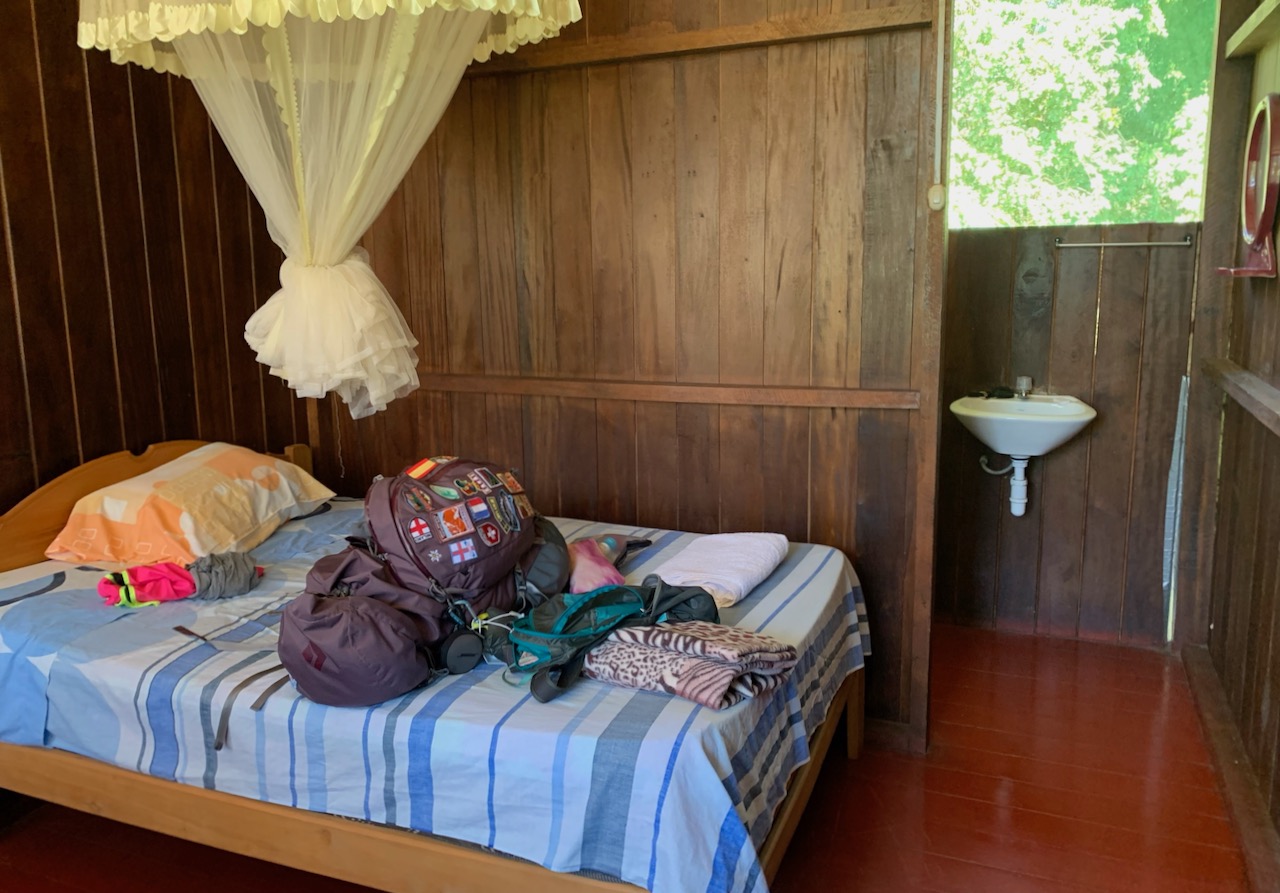

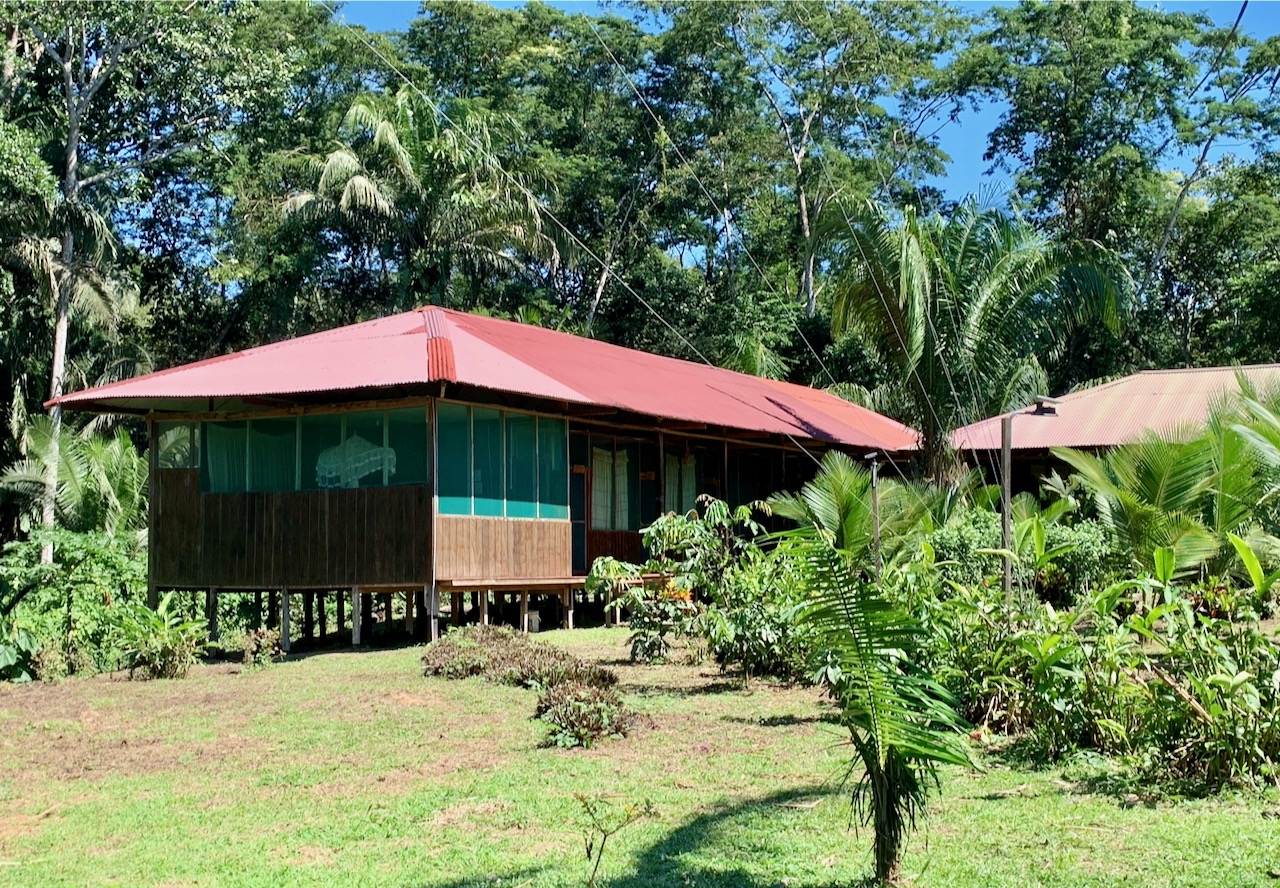
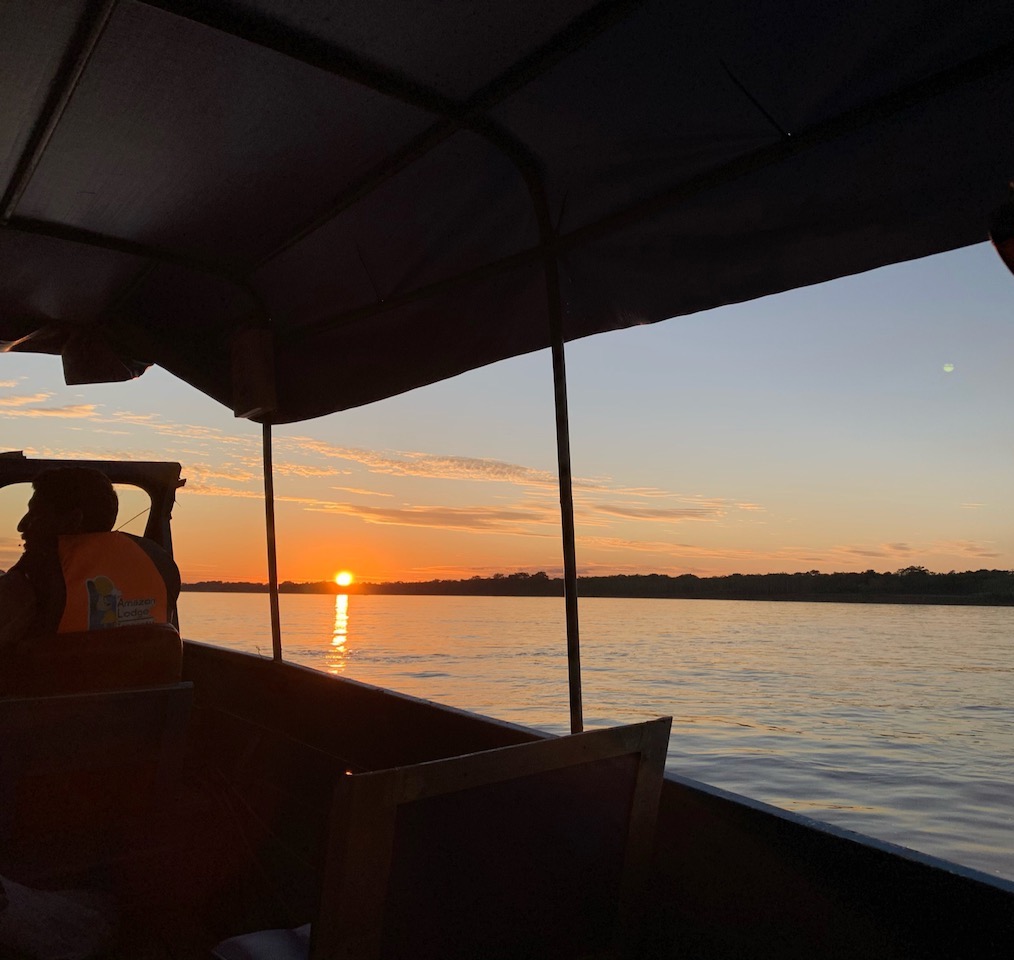
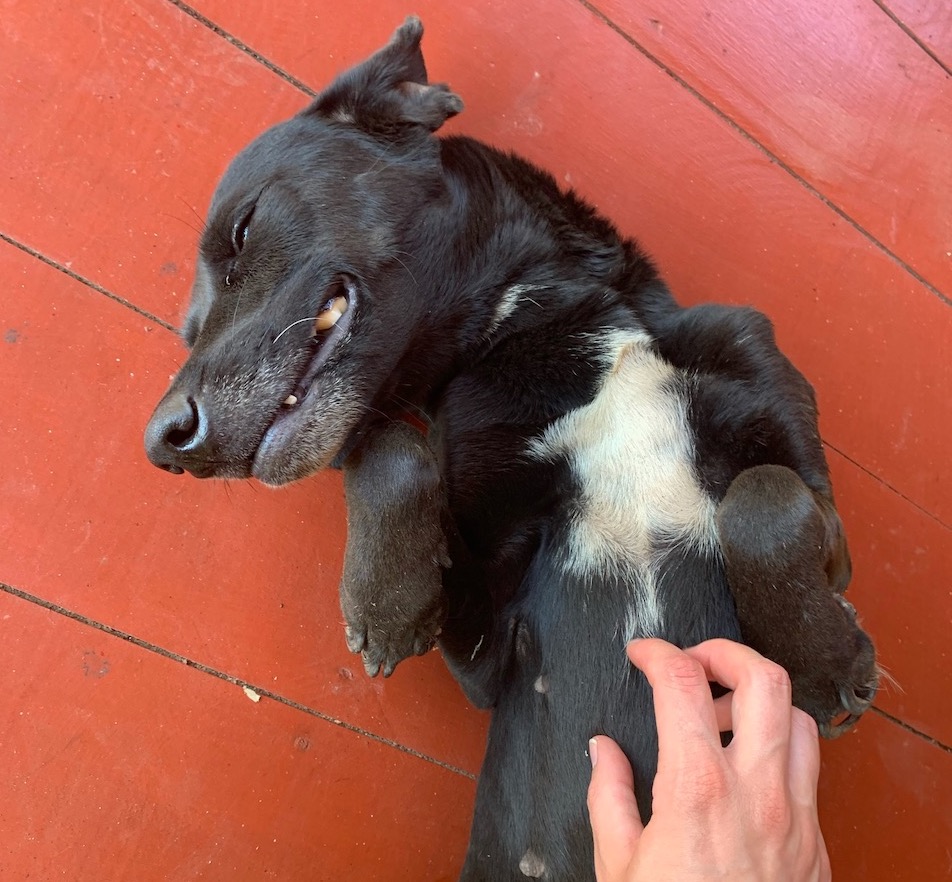
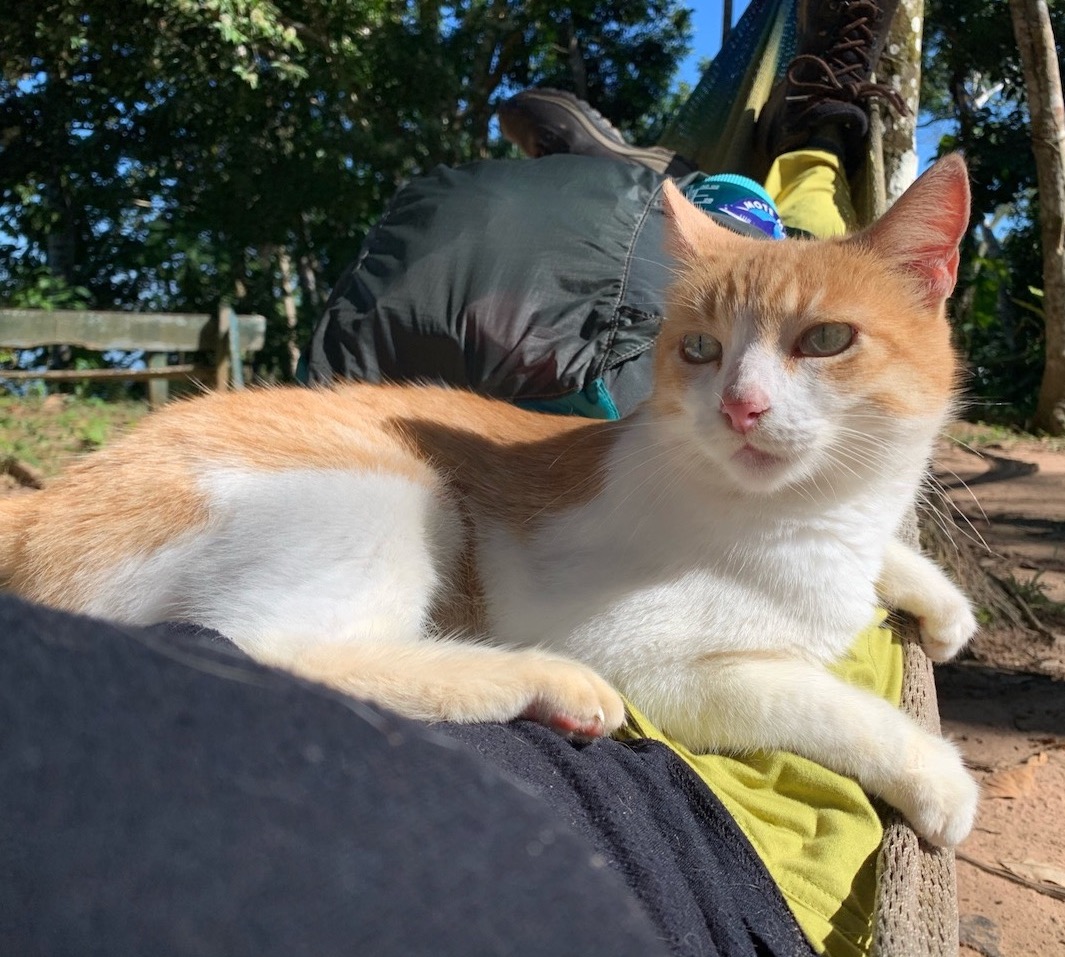
On the flip side, if you’re wanting to unplug and sink into the delicacy called relaxation, you need yourself a tree house in the middle of nowhere. Travel up river for an hour and trek an hour inland and you’ll find yourself in the oasis that Juan and Cassie have built and maintained for the last 8 years. With three tree houses and several communal spaces, they run the property more like a retreat (under normal circumstances), complete with with ayahuasca ceremonies. The site also has a focus on growing and cultivating plant medicine, which you can learn all about during your stay. Other than a jungle walk, anticipate to spend your time reading, relaxing, meditating, and indulging in restorative companionship and food. Again you’re not shedding your quarantine-15 here. The food is spectacular and abundant, and can be adapted for many different diet needs.
What to expect as far as facilitrees: Dry toilets are built and located separately from the tree houses, and there is one outdoor shower for use. The Air Bnb listing advertises hollowed trees that are used as bathtubs, however they weren’t operational during my visit. There are zero opportunities for electricity and cell service (yay?!), but fear not! Listening to the jungle turn over at 7pm in the pitch black is more than entertaining; it’s bliss.
Planning the return portion of this leg requires some forethought. Flights out of Puerto Maldonado only leave in the morning, and it takes considerable time to get from the tree house refuge back to town. The paths of least resistance are to spend a night in Puerto Maldonado central following your tree house stay and fly the next day, or take a long bus ride from Puerto Maldonado to Cusco. Buses leave all throughout the day. I opted for the latter and it was a smooth and enjoyable experience, save for almost missing my bus due to not understanding where the bus departed from/having to go inside the terminal to pay an extra fee. Go gringa go!
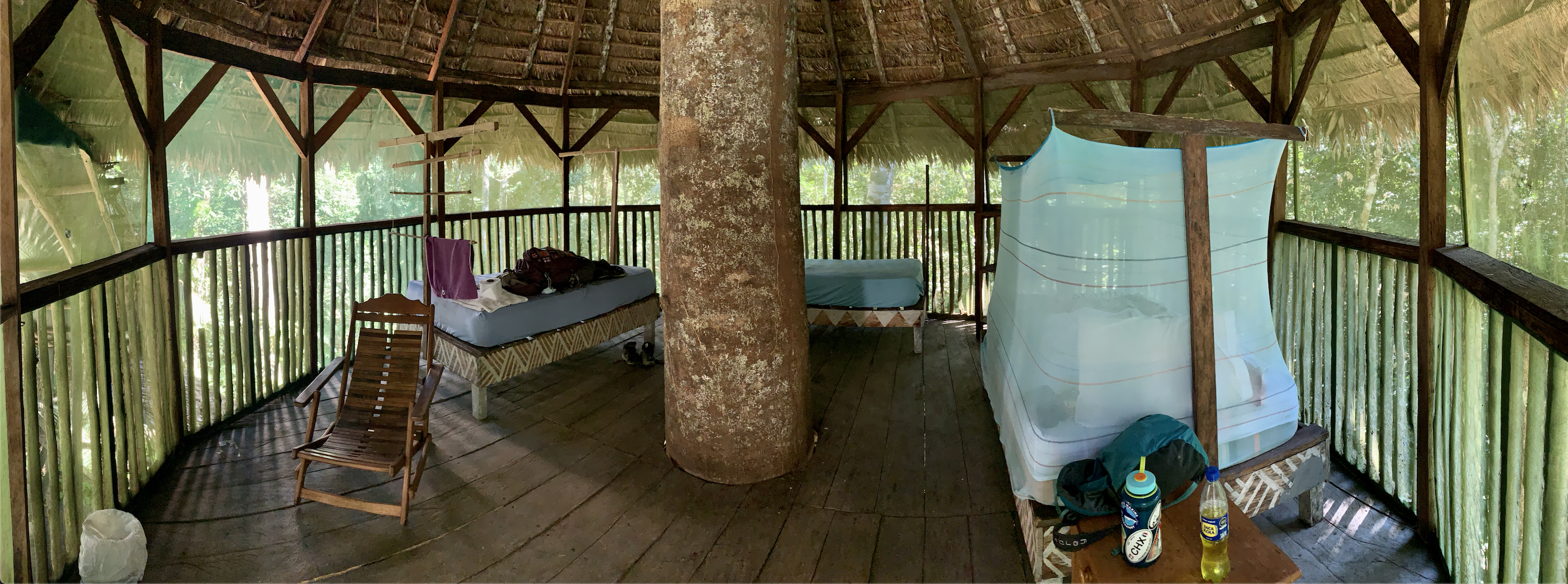
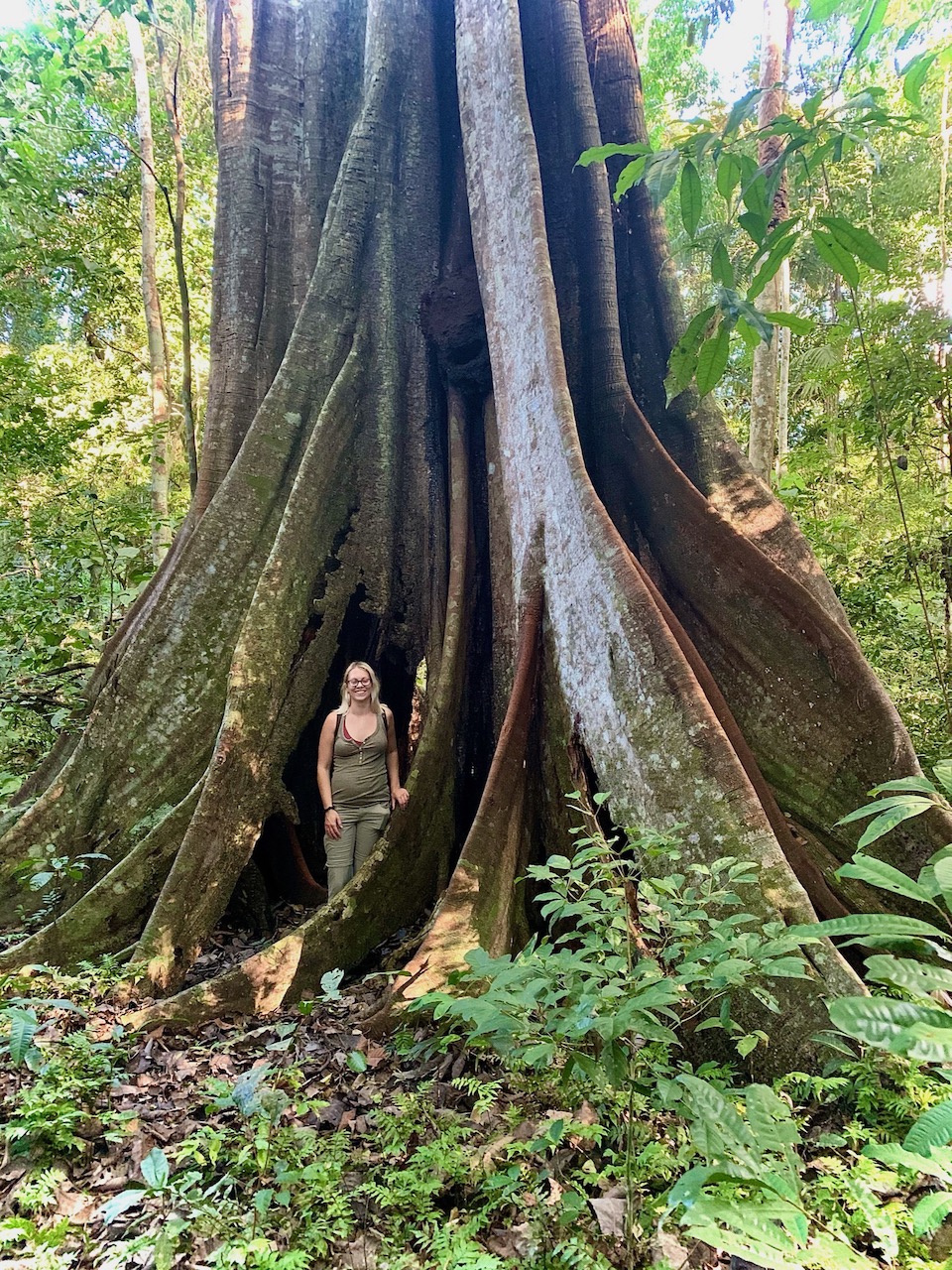
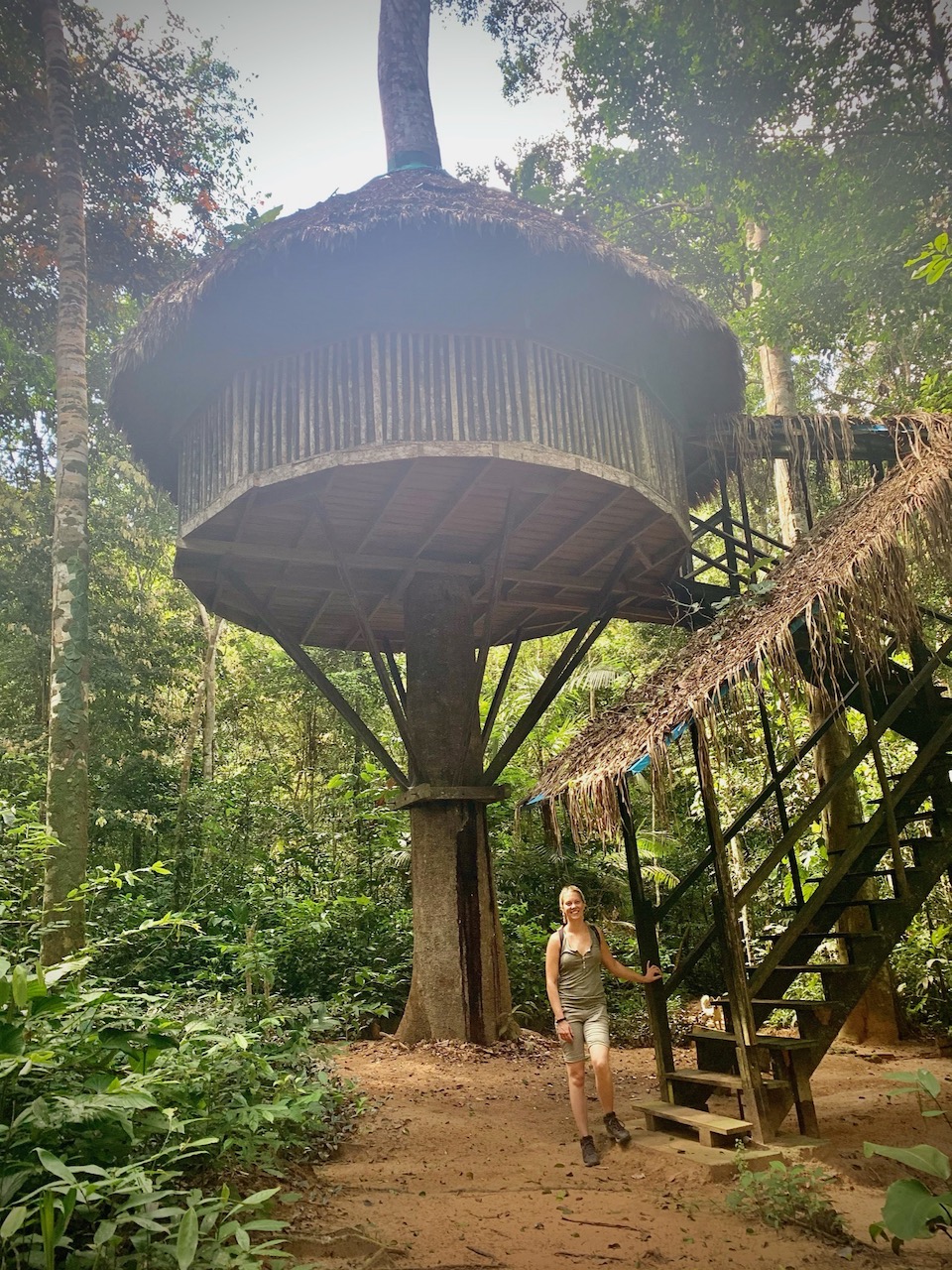
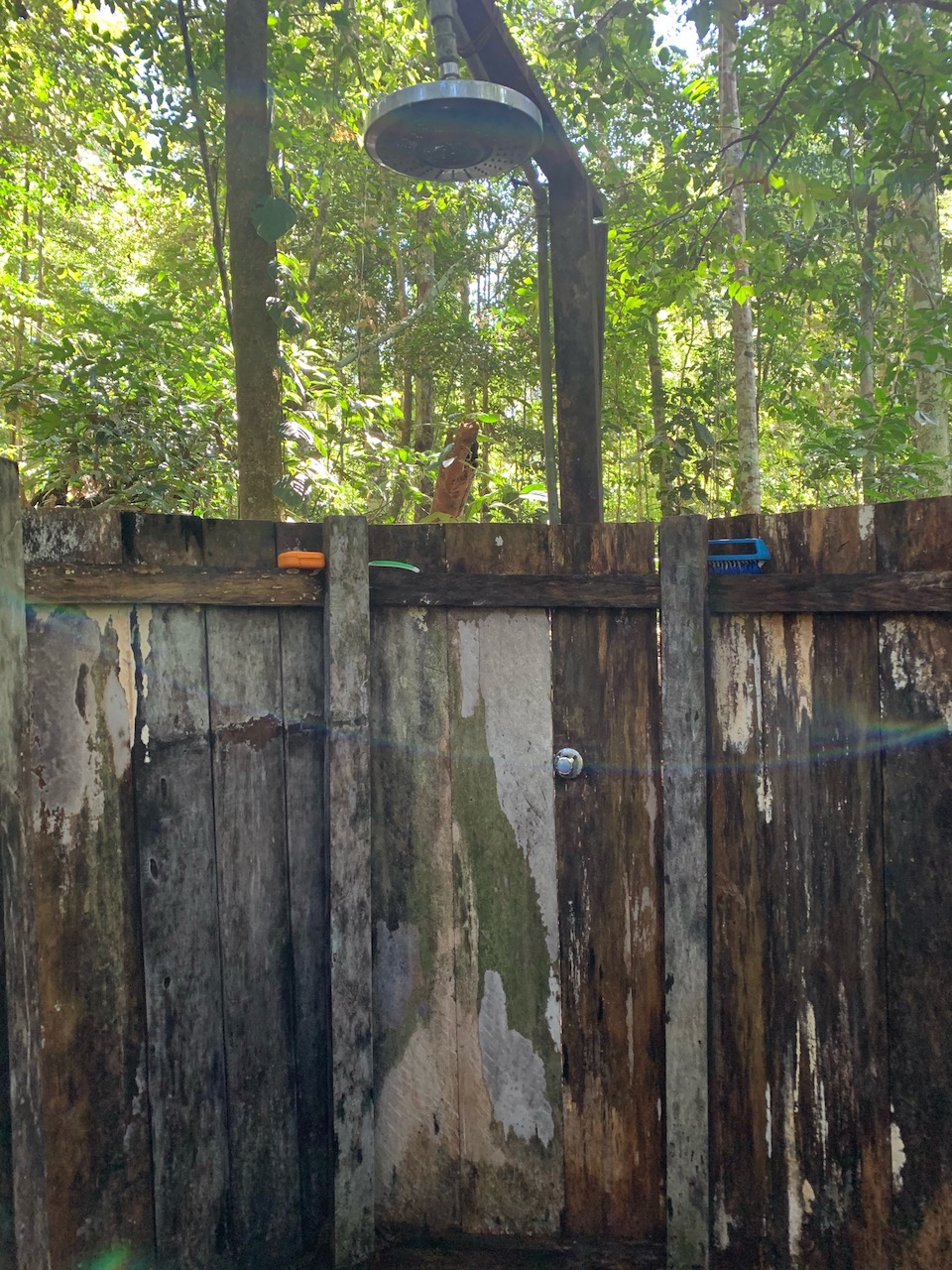
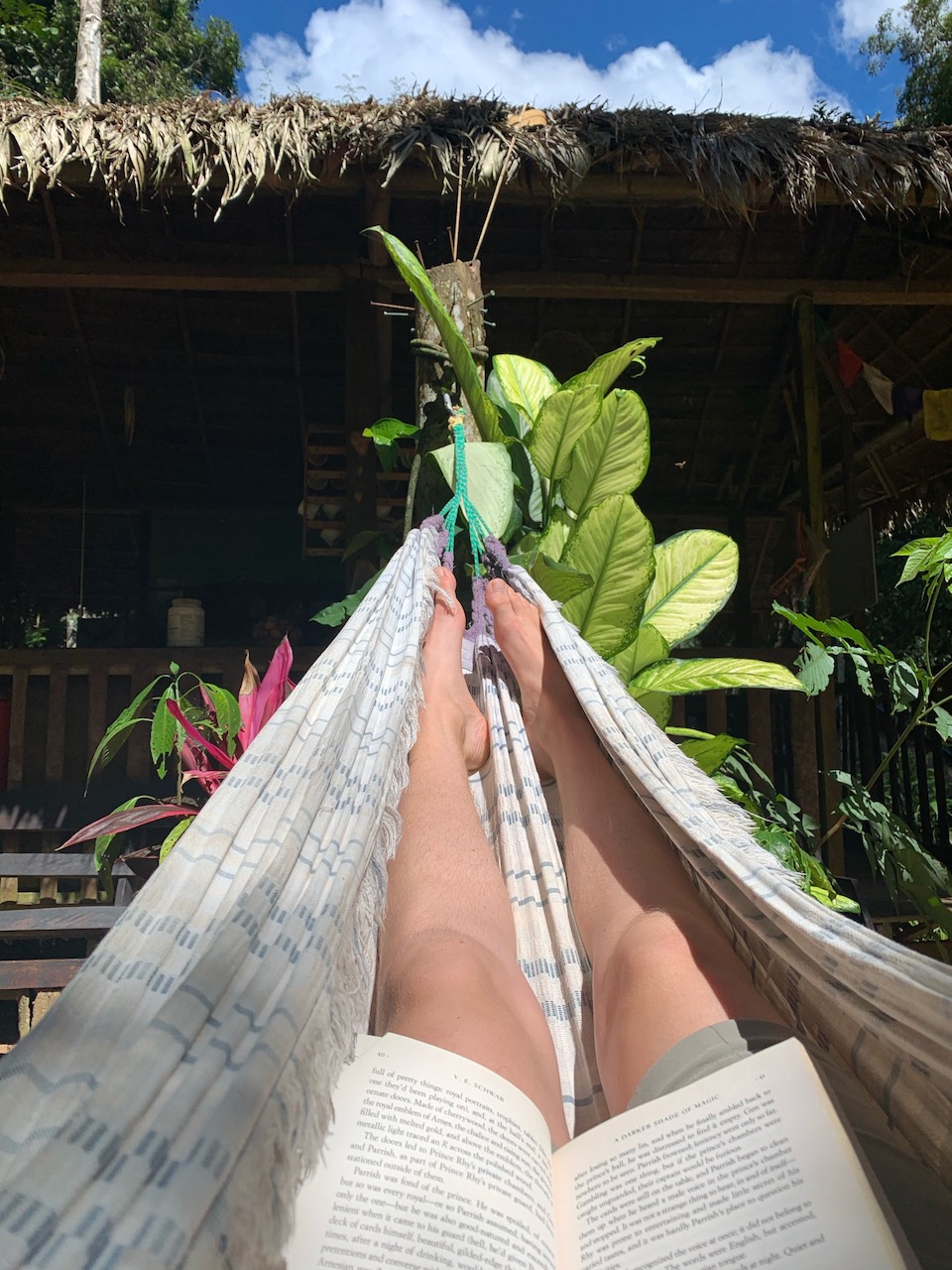
While not a tourist destination on its own, I did find a few gems while killing time.
1. Visit the Obolisco for sunset. Warning: many stairs. Reward: worth it.
2. Grab at meal at La Semilla
3. Peruse the markets: Mercado Modelo Puerto Maldonado and Mercado José Aldamiz
4. Stay at Kapievi if you need to do an overnight in town - the property is gorgeous
- Headlamp + spare batteries
- Mosquito repellent (don’t even bother with the natural stuff)
- Portable chargers for phone/camera
- Bottled water if you’re uncomfortable with drinking local filtered water
- Trekking boots/sneakers
- Shower/lounge shoes
- Shorts and t-shirts/tanks for river cruising and relaxing at the property
- Pants and long sleeves for night and jungle hikes
- Sunscreen
- Local e-SIM for data
- Toiletries for showers
- Reading material
Sacred Valley and Machu Picchu
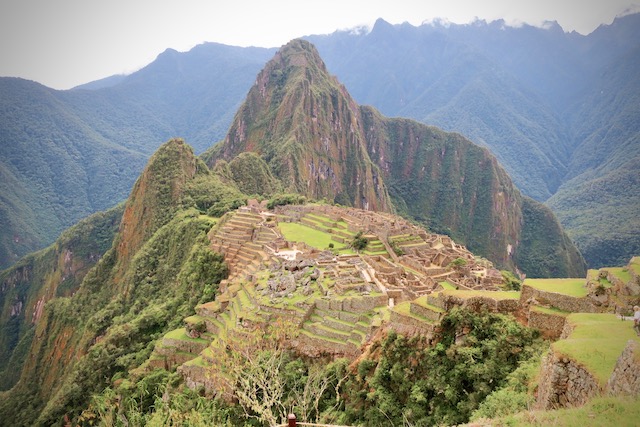
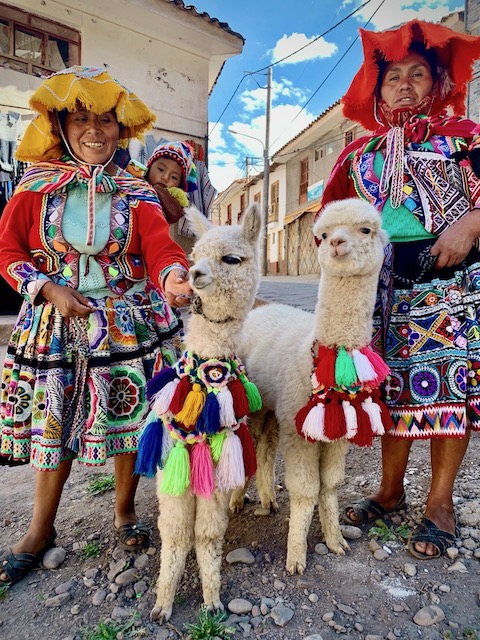
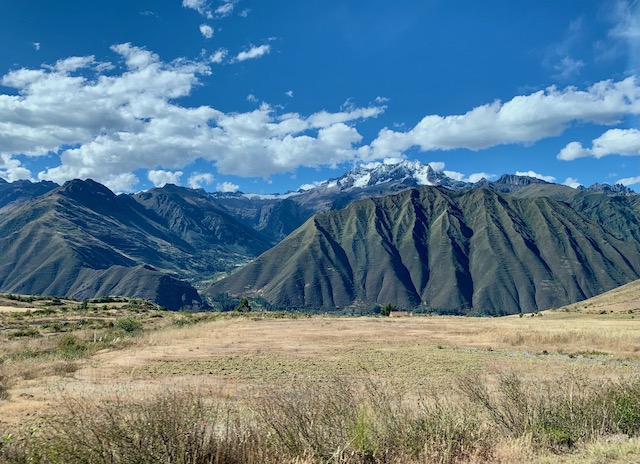
Despite a long overnight bus from Puerto Maldonado to Cusco, I had a quick turn around on arrival before jumping on the train to Machu Picchu. Had I had time, it wouldn’t have been well spent anyway, due to it being Sunday, i.e. 24 hour-curfew-day thanks to Covid. Pro tip: have enough cash on hand to get you through a Peruvian-pandemic-Sunday or you’ll spend precious nap time searching for an open/functional ATM and standing in the queue when you finally unearth one.
1. Machu Picchu
There’s an abundance of info on Machu Picchu info online, so I won’t waste my breath (fingers?). Instead I’ll highlight changes one can expect when visiting during a global pandemic… Both tourist train companies, Inca Rail and Peru Rail, seem to be consistently running promotions and advertising ticket flexibility in an effort to bring tourists in. That said, it’s quite possible to get the most expensive part of a Machu Picchu visit for a (relatively) cheap price. I found the promotions through Inca Rail to be preferable and threw my money their way. The majority of the 3 hour transfer is actually done by passenger van. Social distancing is implemented as best as possible with every other seat remaining empty. Unsurprisingly, face masks are required, but so are face shields, AKA nap-ruining-foggy-plastic-barriers-of-discomfort. There was considerable empty space on the train leg, allowing for a little more leeway with taking over-sized luggage, which is typically not permitted.
Accommodations are also enormously vacant, so there’s little pressure to book these things far in advance like you would typically. Originally I had planned for two nights in Aguas Calientes, now referred to as Machu Picchu Pueblo, but ended up only staying for one night at Hotel Machu Picchu. The motivation being, there aren’t oodles of things to do in Pueblo other than go to see Machu Picchu, and that’s a single day venture. Plus I wanted to spend more time in Cusco and the Sacred Valley after getting a brief preview of it.
In an effort to save some money I anticipated not hiring a guide for Machu Picchu. That was naive on multiple levels, the less obvious being I was one of very few tourists in a sea of guides looking for much-desired work. I fell prey to the “special price” offered by a persistent guide. I wish I would have stuck with my gut, however. Ladies - I’m speaking with you now: if you want a guide for Machu Picchu, do hella research ahead of time and find someone you are truly comfortable with. There are male ‘official’ guides that end up using their job as leverage to attempt to get into your pants/wallets. Stay away from any guides that wear a tan shirt with the letters ‘AGOBC’, standing for ‘association of official guides by car’. Especially if their name is Christian Perez.
On a happier note, be sure to stop by the mariposario (butterfly garden) on the way down from Machu Picchu and get a tour from the owner. In an effort to promote sustained biodiversity, the small but successful center has an incredible array of eggs and caterpillars, ranging from cute and cuddly to absolutely horrifying, that they nurture into butterflies. By the time you return to pueblo, the market near the train station is in full swing and is a nice spot to pick up some handicrafts.
2. Sacred Valley: Pisac
After rearranging plans in Machu Picchu, I decided to spend my extra day in Pisac per the recommendation of others. The idea of a little hippy town in the mountains is simply something most white girls can’t say no to. Transiting to Pisac from Cusco is simple, albeit not through any particularly ‘official’ channels by western standards. Calle Puputi (cross street Cesar Vellejo) in Cusco is where ‘taxis’ and combis (shared passenger vans) gather to obtain passengers. This is also the spot to find transit to other spots in the Sacred Valley, like Calca and Urubamba. On the other side, find a combi back to Cusco on the south side of the main bridge in town. The combis do get quite full and hot, but for a few soles it’s certainly tolerable for the 45 minute trip.
The main stops in Pisac are the ruins, and the market. While there were still many vendors to visit, the market had not returned to its pre-pandemic bustling glory at the time of my visit. Visiting the ruins is rather spendy, as it requires purchasing a multi-site tourist ticket, and you’ll likely also be paying for a taxi up to the ruins. However if ruins are your thing and that’s how you’ll be spending your time in Peru, it’s a rather fab bundle.
Cusco and Lima
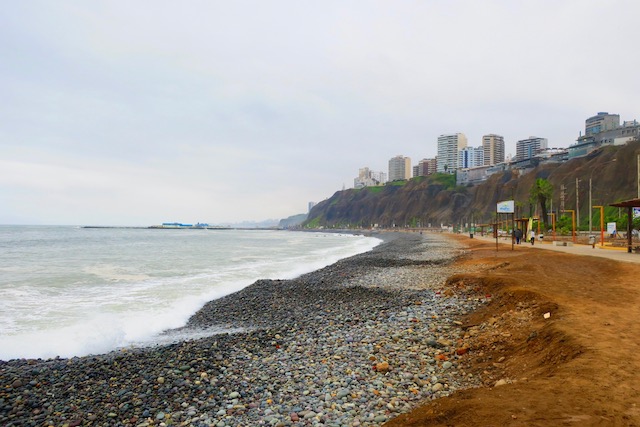
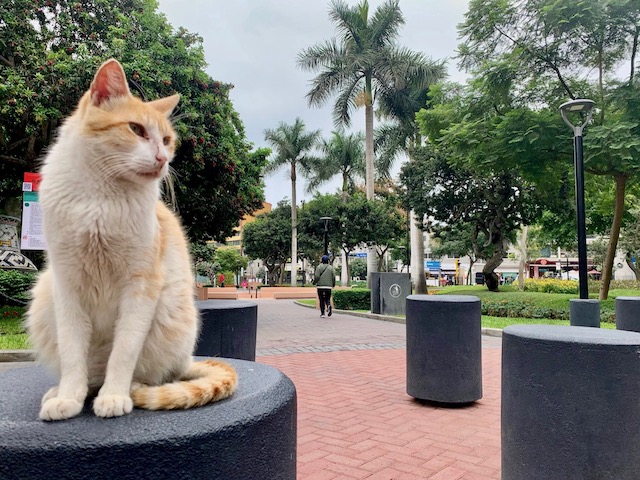
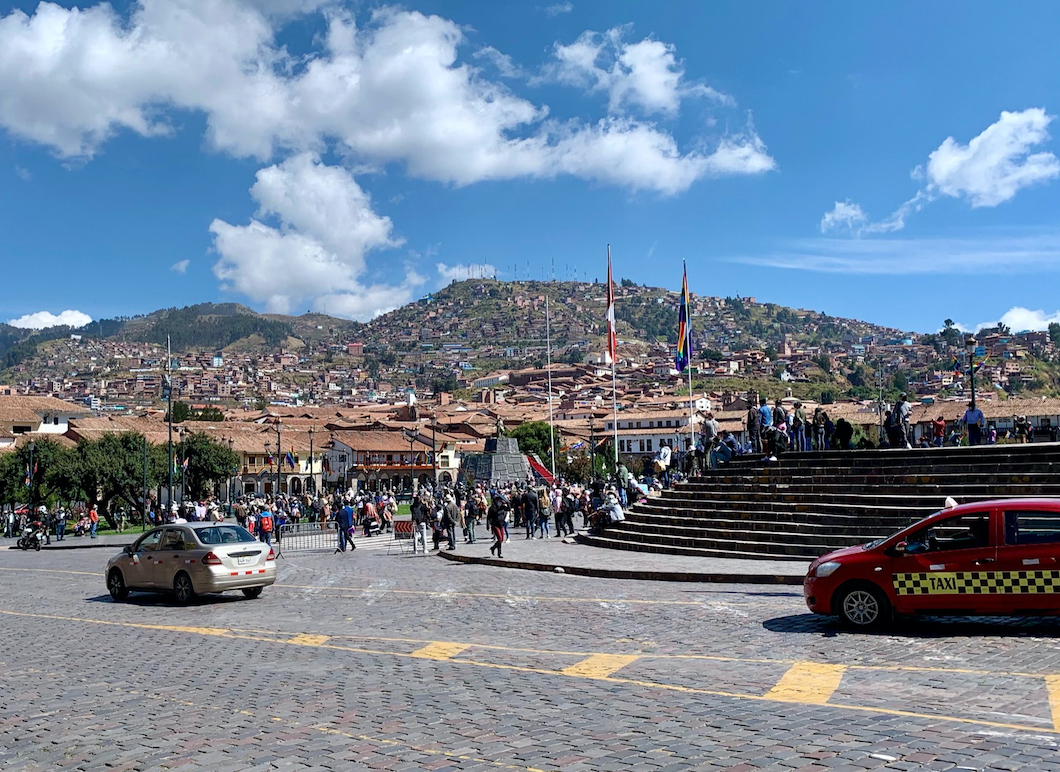
1. Cusco
I’m not often excited by cities for more than two days before I’m ready to move on, but Cusco is far from a cookie-cutter city. It’s urban, yet at the foothills of the surrounding mountains, rough around the edges but safe to explore solo, and deliciously authentic without being cheesy or overly touristy. While I didn’t have much time to ‘do’ Cusco, I came away with several recommendations for the next time I find myself walking it’s balmy streets. Priority #1: Indulge in an artisan chocolate experience. Peruvian chocolate is a completely different experience - and I totally have the authority to say that, having amassed a rather impressive chocolate repertoire in the states. Priority #2: Free walking tour. The history of Cusco, or the belly button of Peru, is an interesting one albeit a bit sad. And that much is obvious as you walk through it. I imagine I’d have a better appreciation of the city had I known its nuances and the stories of the ancient ruins that lay scattered throughout. Priority #3: Eat more meals at the market. It’s big, airy, cheap, well-organized, yummy, vendors are chill… what more could you want. As a final rec, I loved the second AirBnb I stayed in for it’s affordability, central location and private rooms with en suite baths.
2. Lima
I think part of the reason I’m always looking for the next destination has to do with this search for a unicorn of a city; somewhere that checks all my boxes and calls me to set up shop for some time. I had some hope that it might be Lima. It’s certainly got the right topo: a stunning coastline and word class mountains on its doorstep. But that’s about where it ended. My singular and unfortunate recommendation to Lima is to skip it. It’s grey and drab, and so not the best of what Peru has to offer. Sure Miraflores and Barranco were cute artsy neighborhoods to wander through, but taken alone, it falls short of somewhere worthy of spending any significant time. So the search continues…
At the time of my holiday (June ‘21), Peru had just opened their international doors without requiring a quarantine upon arrival. Zoned curfews were still in effect, and covid was as raging as ever. 80% of my trip planning was solely around covid planning (what did I need to fill out health affidavits for, what PPE did I need, when and where could I get covid tests). Needless to say, I was stressed about getting into the country until I was cleared through customs in Peru. After multiple pandemic trips now, my primary recommendation is to go for a PCR test to comply with entry requirements as soon as your 72 or 48 hours starts. And schedule this in advance!! You’d think (hope?) it’d be easy to get a same day appointment. It’s nnnooootttt. Then, the day of your departure, or evening before, go for a rapid test. Believe me when I say it’s far more ’relaxing’ to show up to the airport with an abundance of covid tests, than frantically running through the airport and last minute changing your flight because your PCR results aren’t in yet. Facepalm.
One of the starkest differences between Peru covid management and US covid management is the commitment to, and intense use of PPE. Masks were basically non-negotiable indoors and outdoors, with places like Lima utilizing double masking in public indoor settings. Face shields are also used in transit settings (planes, trains, transfer services). Health affidavits were also heavily used when flying, even domestically, and when I used Inca Rail to get to and from Machu Picchu. Traveling with a pen is suddenly very important. Finally, expect to have to sanitize your shoes at virtually every entry point. (Still trying to work out why this is useful…) Organizing a covid test to reenter the US was simple. Lima airport has an onsite clinic administering PCR and rapid tests. I went for a rapid test before my flight, and recommend budgeting in an extra 1.5 hours. Be mindful that covid tests aren’t free in most other countries. Expect to pay $30-$50 for a covid test in Peru.
.jpeg)


